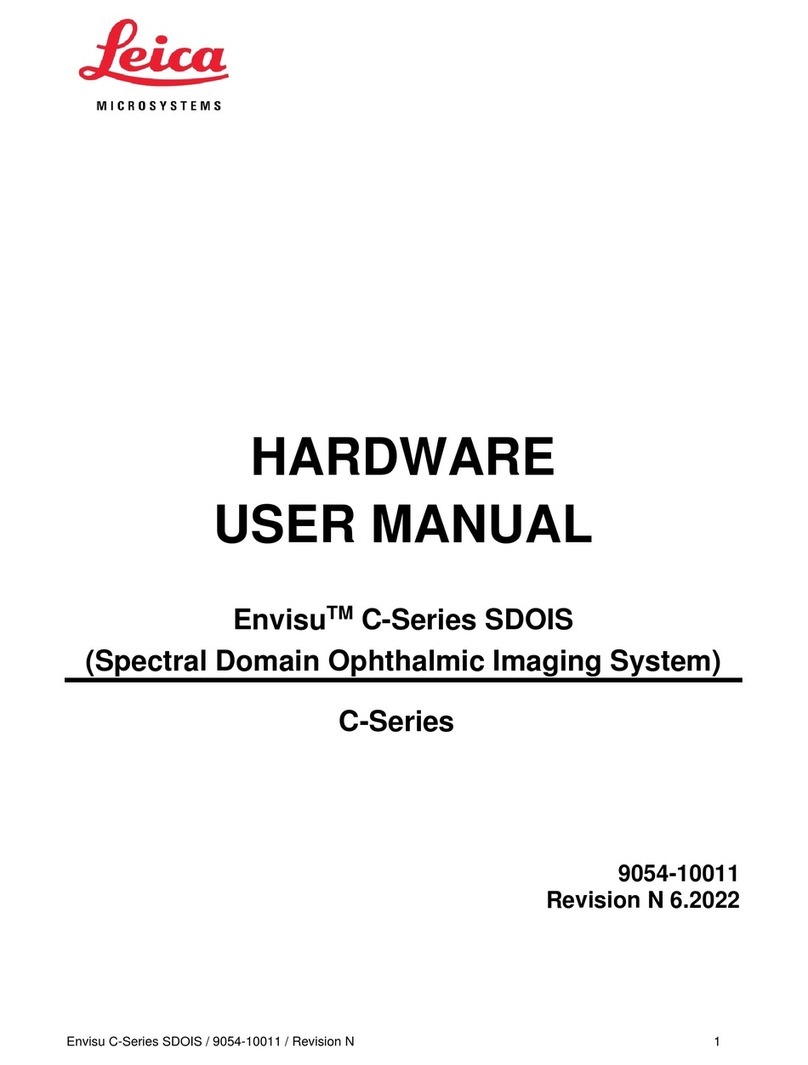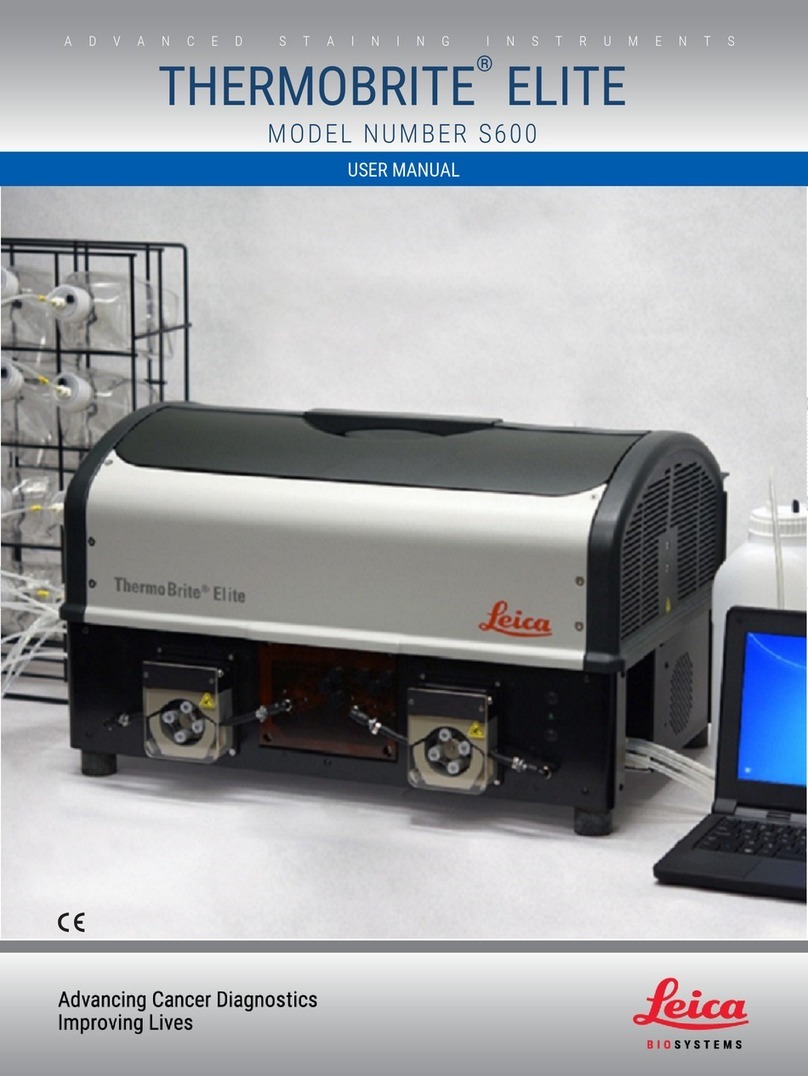Page 3 Leica EM TIC 3X Operating Manual 07/17
3.3.8 Assembling the movable lens adapter for M80 objectives ..............................................42
3.3.9 Safe storage of the packing material...............................................................................43
3.3.10 Electrical and gas connections........................................................................................43
3.3.11 Initial operation................................................................................................................44
3.4 Repacking to prevent damage during transportation..........................................................44
3.5 Storage location for the instructions....................................................................................44
4.Operating instructions.......................................................................................................... 45
4.1 Introduction.........................................................................................................................45
4.2 Main components of the Leica EM TIC 3X Triple Ion Beam Cutter....................................45
4.3 Functional description.........................................................................................................45
4.3.1 Chamber..........................................................................................................................45
4.3.2 Vacuum system...............................................................................................................46
4.3.3 Standard sample stage (optional)....................................................................................46
4.3.4 Multiple sample stage (optional)......................................................................................48
4.3.5 Cooling stage (optional)...................................................................................................49
4.3.6 Rotary Stage (optional)....................................................................................................51
4.3.7 Leica EM VCT500 docking port (optional).......................................................................52
4.3.8 Triple Ion source..............................................................................................................53
4.3.9 Gas supply control...........................................................................................................54
4.3.10 LCD touch control panel..................................................................................................54
4.3.11 Stereo microscopes.........................................................................................................55
4.4 Principle operating and display functions............................................................................56
4.4.1 Exchanging the stages (when different stages are ordered)...........................................56
4.4.2 User Interface..................................................................................................................62
4.4.2.1 Setting the parameters.....................................................................................................63
4.4.2.2 Status information and programming..............................................................................64
4.4.2.3 Guns status ......................................................................................................................68
4.4.2.4 Illumination.....................................................................................................................69
4.4.2.5 Command line, Start/Pump/Vent ....................................................................................70
4.4.2.6 Menu................................................................................................................................71
5.Maintenance and service...................................................................................................... 74
5.1 General...............................................................................................................................74
5.2 Safety measures during maintenance and service.............................................................74
5.3General instructions for maintenance and cleaning............................................................74
5.4 Daily maintenance activities before beginning work...........................................................75
5.5 Daily maintenance activities after ending work...................................................................75
5.6 Components requiring maintenance...................................................................................75



















































